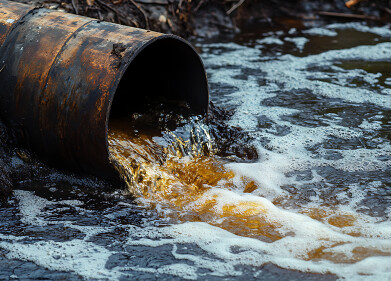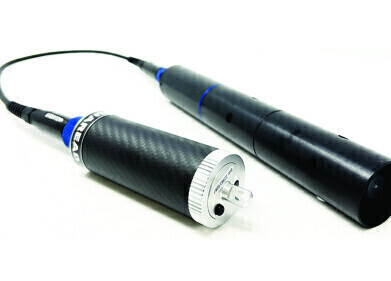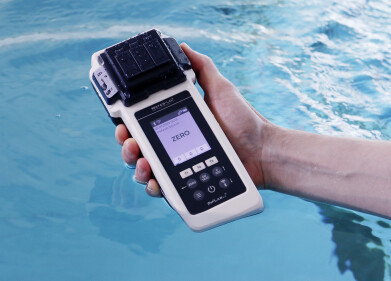Water/Wastewater
Oils, Fats, Grease – How to Deal with Online Analysis in the most Difficult Application on the Market.
Oct 08 2013
Industrial and municipal applications, which use water whilst processing oil, should continually monitor their produced waste water. Failing to do so can lead to shock oil loads, blockages in the piping system and, in the worst case, damage of the waste water treatment plants biomass. Impairments within the processing at a production plant can lead to failures and downtime. Any resulting shock organic loads in water then also lead onto complex problems in the treatment of waste water. For an optimal control of the production processes and for an efficient discharge of the waste water the employment of fast Oil-In-Water (OIW) analysers is absolutely necessary.
But the selection of an oil-in-water process analyser can, however, be very problematic. Most of the available OIW methods measure one of the characteristics of the oily compounds in water, for example the fluorescence, the photometer scattering and the UV-absorption measurement method. All these OIW-methods measures indirectly and none of these methods can measure all types of oils and fats. Total Organic Carbon analysers measure directly all types of oil, regardless whether they are from mineral, vegetable or animal origin. In fact, a TOC-analyser is a carbon counter, which responds to all hydrocarbons. For the majority of applications an OIW-analyser does not have to be selective to a specific type or group of oils, simply because no other hydrocarbons are present. Moreover, a TOC-analyser has a large rangeability. Many OIW-Analysers have trouble in handling this highly contaminated oily and fatty waste water.
Not so with LAR's (Germany) QuickTOC analyser. The QuickTOC uses a direct measurement method, which is based on an ultra high temperature combustion at 1,200°C. At this high temperature, all organic compounds in a sample are completely oxidised. Subsequently, the QuickTOC reliably determines all carbon irrespective of its origin, its composition or its consistency as an oil, fat or grease. This is a huge advantage. Due to its innovative design, which is characterised by a minimum of surface areas that come into contact with the sample, it is free of memory effects. Without filtration or dilution techniques, raw waste water samples with up to 50,000 mg/l C can be injected into the oven and then accurately detected.
This application belongs to the most difficult applications on the market. With the QuickTOC, LAR delivers an excellently designed OIW analyser, which easily meets the tough demands that are made upon it.
Digital Edition
AET 28.4 Oct/Nov 2024
November 2024
Gas Detection - Go from lagging to leading: why investment in gas detection makes sense Air Monitoring - Swirl and vortex meters will aid green hydrogen production - Beyond the Stack: Emi...
View all digital editions
Events
Dec 02 2024 London, UK
Dec 03 2024 Dusseldorf, Germany
Dec 11 2024 Shanghai, China
Jan 12 2025 Abu Dhabi, UAE
Jan 14 2025 Abu Dhabi, UAE














.jpg)




